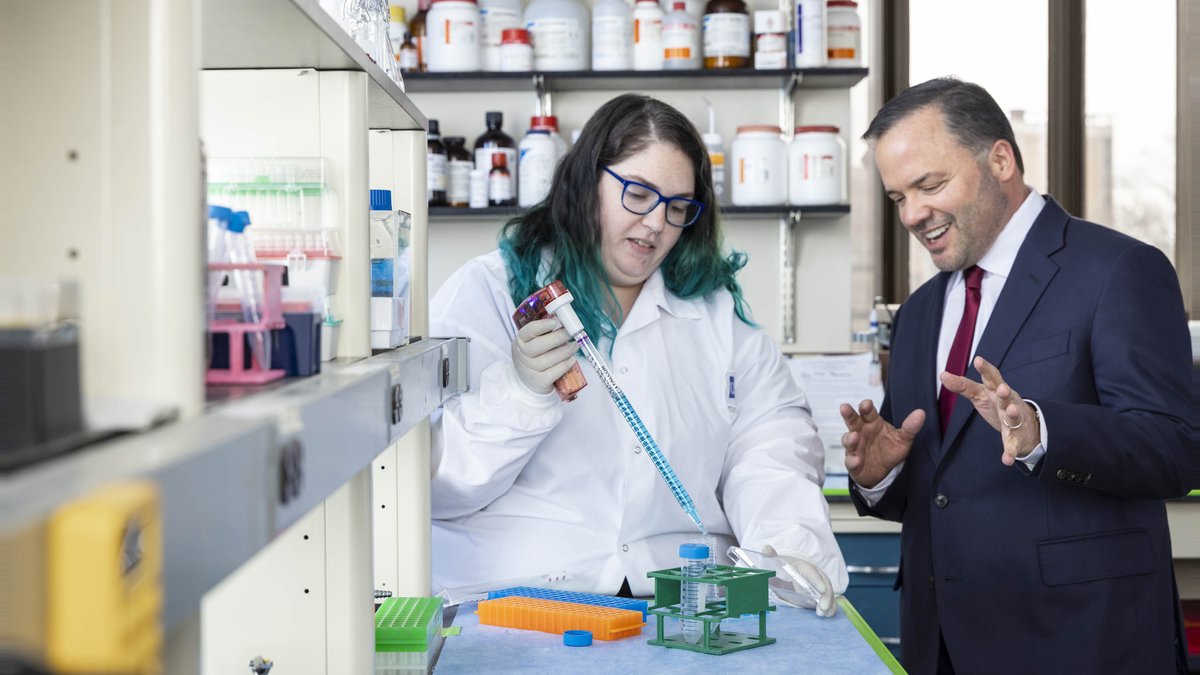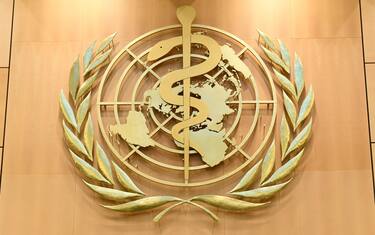Dr. Luis J. Montaner leads the HIV Research Program at The Wistar Institute’s Vaccine & Immunotherapy Center. In this article, he answers questions about how HIV works, the probability of finding a cure and what it’s like collaborating with local communities on HIV research.
Give us a primer on human immunodeficiency virus: What do scientists know about how HIV works, and what questions are still being investigated?
We, as a field, have learned how to design drug therapies to control but not eradicate HIV. The HIV virus can introduce mutations into its replication cycle and acquire resistance to single-drug therapies. It’s why three drugs are used in current combination antiretroviral therapy (ART), because it’s much more difficult to develop mutations against three drugs at once.
Controlling HIV replication does not logically extend to a cure with the current therapies. The virus persists, and interestingly, it retains features that reflect how soon a person started ART. For instance, if you had a particular viral replication level and an immunological setpoint when you started antiretroviral therapy, it would return to that point if you ever stopped — even if you’d been on therapy for 15+ years. The HIV research field as a whole has also learned how the virus persists in a person after they start antiretroviral therapy, and how to measure persistence changes in the blood to then evaluate if cure-directed strategies may work.
However, even if you have a treatment that successfully attacks the HIV virus hiding in the blood, that might not be enough — because the virus’ latent reservoirs extend beyond what we call the “blood compartment.” Researchers need to ensure that any strategy can reach all tissue compartments, such as the brain, liver, muscle, bone, etc., as HIV can reside within immune cells in all organs.
Where does your optimism for finding a cure for HIV come from?
If you think about the phases of HIV research, as a field, we have achieved success on several fronts, and we trust the same will be true for an HIV cure. First, a brief history of HIV/AIDS: Scientists and doctors started with the quest to ensure HIV diagnosis and secure our blood banks. We then shifted to preventing the high death rate by developing therapies that could prevent viral replication and allow the immune system to recover.
Then came the phase where we have been for a while: the search for a vaccine. It’s only recently that we’ve added cure-directed research as a clear objective, which follows from the extraordinary cases in which individuals were cured because of their cancer therapy.
Although the cancer treatments associated with HIV cures can also be fatal — and are not safe to give to persons living with HIV when compared to the safety of life-long antiretroviral therapy — the existence of these cases proves that a cure is possible.
The HIV cure research field is now looking for strategies toward one of two outcomes: either eradicating the virus within a person on therapy and stably suppressing viral replication or achieving long-term control without the continued use of antiviral therapy. We are still in the early days of this effort, but the outlook is promising.
If you think about it, we’ve been addressing the HIV global pandemic for more than 30 years. The breakthroughs in antiretroviral therapy came about 10-12 years after we started research efforts, and now we’re only at the beginning years of the cure-directed effort, which continues to grow. So, the investment in cure is increasing — which means the expertise behind and opportunity for the discovery of a cure strategy also increases.
We’re advancing our search for a cure by bringing teams together like never before. A good example of this new coalition effort across geography and institutions under one large project is the BEAT-HIV Delaney Collaboratory. Working together as a team is a lot more effective.
What does it look like to collaborate with groups like Philadelphia FIGHT, which extends HIV research into local communities?
If you’re going to do research on a particular condition, you’d best do it with the awareness, input and approval of people living with that condition. When I started at Wistar in 1995, I initiated outreach to the community. We now have one of the longest-lasting community engagement programs anywhere, and it’s focused on uniting HIV researchers with persons living with HIV. We’ve become a model for other cities.
What’s different about our model is how we’ve built a community engagement group that includes not only a community advisory board of individuals, but also Philadelphia FIGHT, a comprehensive health services organization that cares for people living with HIV by working directly within and for the community. We meet with both the community advisory board and Philadelphia FIGHT members regularly to create an environment where community members are part of the team. That sense of equity, and the weight of participation, empowers everybody. As our community members often say, they want to be “in the kitchen helping to create the cure — not outside being served after the cooking is complete.” From the beginning, we bring the community members to the table where they are part of the team.
After nearly three decades, why do you choose to continue your work toward curing HIV at Wistar?
I’m here because I see local and global opportunities for the future of our program. Opportunities ahead are just as impactful and interesting as when I walked through the door 29 years ago. The Wistar Institute has a long and storied history as a global leader in biomedical research and is unique in its ability to support the vision of a principal investigator as they grow their program.
If you want to develop a focused program and collaborate on a global scale — then Wistar outperforms anyone else.
Stay up to date with Wistar Science and events. Sign up for our monthly email newsletter at wistar.org/news-sign-up/. For more information, email [email protected].
The Wistar Institute, the nation’s first independent, nonprofit biomedical research institute, marshals the talents of our outstanding scientists through a culture of biomedical collaboration, innovation, training and education. Our early-stage discoveries help tackle some of the most important health problems in the fields of cancer, infectious disease and immunology.
Dr. Luis J. Montaner, D.V.M., D.Phil., is the Herbert Kean, M.D., Family Professor; vice president of Scientific Operations; associate director for Shared Resources at the Ellen and Ronald Caplan Cancer Center; director of the HIV-1 Immunopathogenesis Laboratory; and leader of the HIV Research Program, Vaccine & Immunotherapy Center, at The Wistar Institute.
He leads the BEAT-HIV Delaney Collaboratory and investigates new strategies that boost the natural function of the immune system to combat virus-associated diseases like HIV.
1718624445
#为什么这位 #Wistar #科学家看到了治愈 #HIV #的希望
2024-06-17 04:00:00













